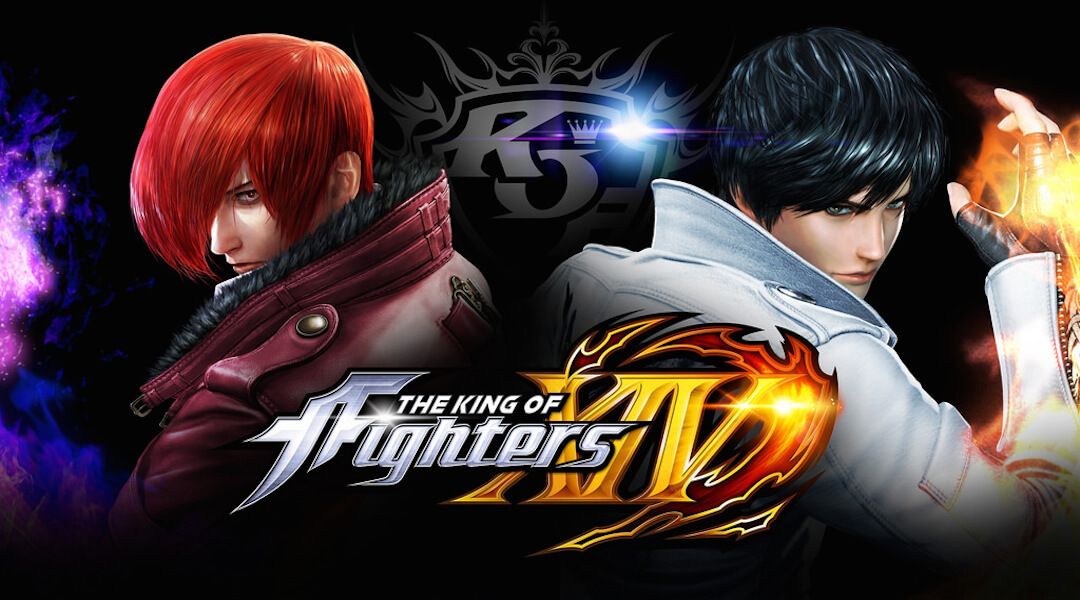
Since the AES uses the same hardware and cartridges as the arcade machines, the system was able to provide a 1:1 arcade experience from the comforts of any home.


Since the Sega Genesis and Super Nintendo were vastly underpowered compared to arcade machines at the time, people who wanted to play their favorite arcade games in the comfort of their homes had to settle for watered-down ports that looked and played worse. While initially only available through rental in Japan, demand from fans led to SNK making the console available for purchase. The Neo Geo also featured a home console variant named the Arcade Entertainment System, which was released the same year. Needless to say, the Neo Geo took off and became a huge staple of arcades everywhere, thanks to its economical design. For business owners with limited space, this was a dream-come-true, since it allowed establishments to feature more games at a lower cost. Outside of being more powerful than the initial CPS model, the Neo Geo featured up to six cartridge slots, compared to the CPS’ measly one. Much like the CPS, the Neo Geo featured interchangeable cartridges that could support multiple games, but it had a few key advantages over Capcom’s golden goose.
SNK PLAYMORE SERIES
In 1990, SNK released the Neo Geo series of arcade cabinets out into the world. After seeing Capcom’s success with their new arcade system, SNK decided to take the foundation Capcom laid out with the CPS and build on it for their series of arcade cabinets. Not only did it make arcade game development more cost-effective for Capcom, it also made the cabinets more enticing for arcade operators due to their cost-efficiency. Created in 1988, these machines were incredibly innovative because, unlike a lot of arcade cabinets that were programmed specifically for one game, the CPS featured removable cartridges that could be freely switched out. While the NES ports were the primary source of their success, SNK wanted more people to pay attention to their arcade endeavors.ĭuring the late ’80s and ’90s, rival company Capcom had been dominating the arcade market with their CP System series of arcade boards.

After Ozma Wars, they continued to work on various other arcade projects throughout the ’80s, such as Psycho Soldier and Ikari Warriors (fun fact: the former was noteworthy for being the first video game with a vocal theme song, sung by former Japanese idol Kaori Shimizu), all of which had seen various ports to the Nintendo Entertainment System.
SNK PLAYMORE SOFTWARE
Originally established as a computer software company, the rapid growth of the arcade market inspired them to break out into the recently booming market. A relatively new company, named the Shin Nihon Kikaku Corporation (Translated as New Japanese Project in English), released their first attempt at an arcade game, Ozma Wars. To celebrate Terry’s Smash debut, we’re going to go through the history of SNK, and hopefully bring light to the impact they left on arcade gaming.īefore we get into SNK’s golden age, we have to go all the way back to the distant year of 1979. I love Sans Undertale just as much as the next person, but SNK and Terry Bogard have such a legacy in the arcade gaming scene, and they don’t deserve to be overlooked. Then, everyone immediately forgot about him as soon as Sans showed up and overshadowed literally any other announcement made that day. Ultimate, a lot of younger, casual fans were confused and wondering who this ripped Pokemon Trainer look-alike was. More recently, when Fatal Fury protagonist Terry Bogard was revealed to be the next DLC character for Super Smash Bros. The company’s recent titles still sell relatively well, and their characters are even showing up in the likes of Tekken and Soul Calibur, but they’re no longer the juggernauts they used to be during the golden era of arcades. Despite their early success in arcades, they’ve seemed to have fallen off the map after the shift to home consoles. When one thinks of the arcade giants of the 1990s, some of the big names that might come to mind are Capcom, Namco, Konami, Sega, and Midway however, one arcade innovator that always seems to be left out of the discussion-despite their innovations in the field-is Shin Nihon Kikaku (SNK), creator of the Neo Geo arcade cabinets and multiple successful game franchises, such as Metal Slug and The King of Fighters.


 0 kommentar(er)
0 kommentar(er)
